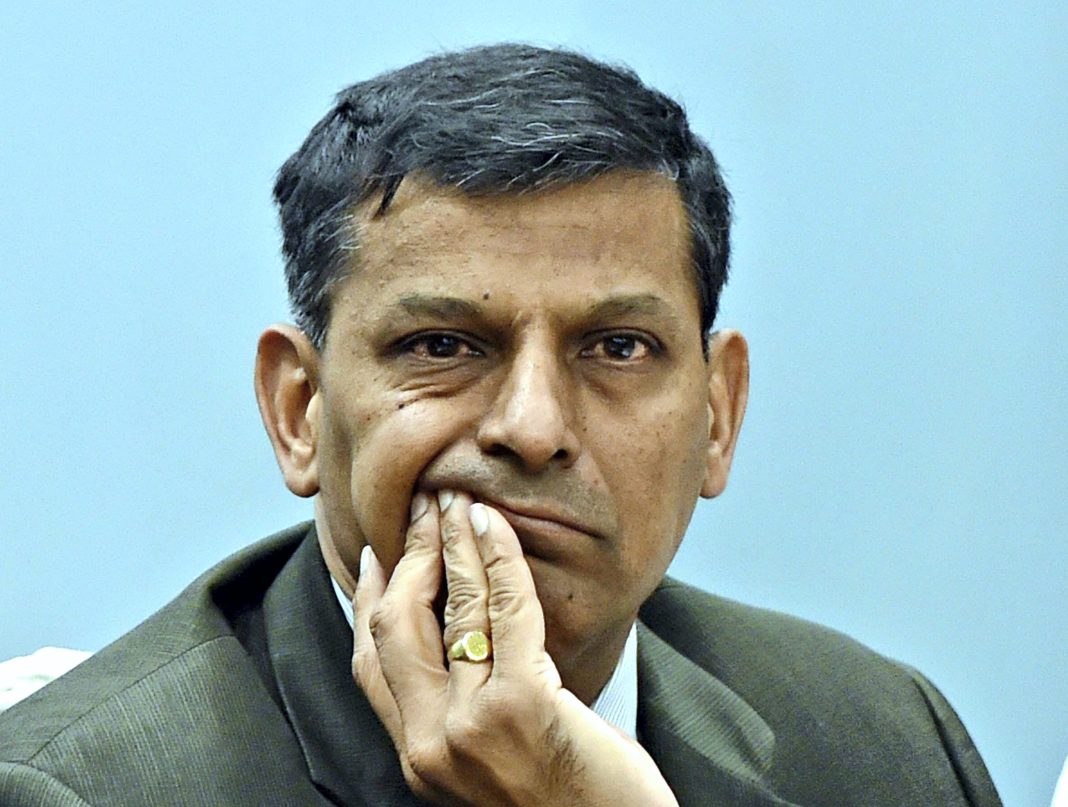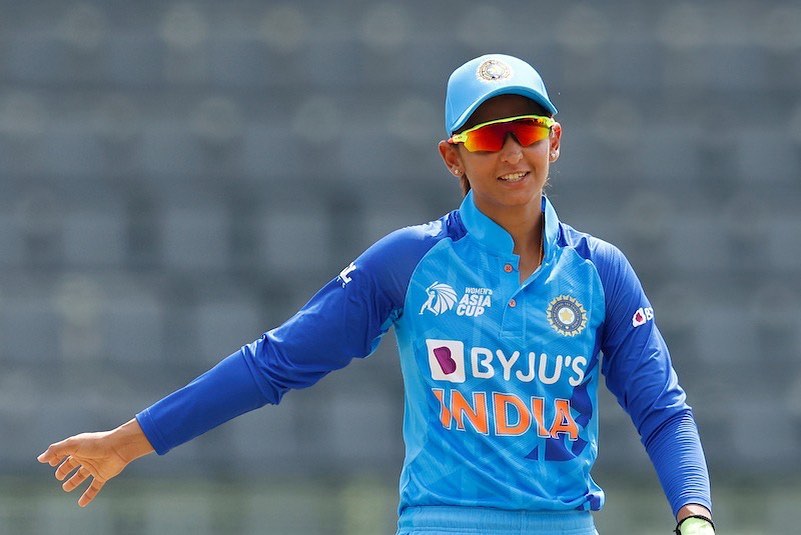New Delhi, Sept 26: India has done well in areas like infrastructure in the last 10 years, but it also needs to do more in other sectors to boost local manufacturing and job creation, former RBI Governor Raghuram Rajan said on Thursday.
In an interview with PTI, Rajan further said the government’s focus on production, whether it is goods or services is a good thing, but it is also important to do it the right way.
Responding to a question on the Modi government’s flagship initiative ‘Make in India’, he said, “I would say the intention is good. I think in some areas, we have done a lot, as I said, in infrastructure…we have done a lot that has been very useful”.
The Modi government’s flagship initiative ‘Make in India’ was launched 10 years ago on September 25, 2014.
“But we need to check the other places. And the best way to check is to ask critics, what do you think? What has happened? Has it happened the way you want it? Should we do more? You get feedback, and then you work along,” Rajan said.
The eminent economist also pitched for more ease of doing business, especially with regard to government policies and less fear of raids by inspectors or tax authorities, etc.
Observing that there is a package which propels economic growth, he said, “If we focus on that, I think that would strengthen the concept of Make in India”.
Rajan, who is currently a professor of finance at US-based Chicago Booth, also opined that the government should ask businessmen about difficulties faced by them, and not just follow the World Bank’s ease of doing business checklist.
The former RBI governor also emphasised that the government need not dismiss criticism of its policy by saying that there is some vested interest or some hidden agenda.
Under the ‘Make in India’ initiatives a series of measures have been taken by the government to boost local manufacturing and exports.
These initiatives include the rollout of production-linked incentive (PLI) schemes for 14 sectors, ease of foreign direct investment (FDI) norms, reduction of compliance burden, single window approval system, and the national logistics policy.
Asked whether 7 per cent economic growth is enough for India to achieve the third largest economy status in this decade and become a developed nation by 2047, Rajan said, “If we grow at 7 per cent, then we will be past Germany and Japan in 2-3 years. That is not something which is out of the realm of possibility, it will happen”.
Currently, the size of Germany’s economy is about USD 4.5 trillion and Japan about USD 4.2 trillion. The size of India’s economy is USD 3.7 trillion at present.
Rajan said: “What is more worrisome, however, is when we say a developed nation. Now, what does it mean to be developed now? That is also a changing metric”.
Explaining further, he said, “Let us say being developed is having a per capita GDP in today’s dollars of about USD 15,000”.
“If you see that, then you put a 7 per cent growth rate, and you find it is not enough to become USD 15,000 per capita GDP by 2047 we need to do better,” Rajan said.
The eminent economist also wondered that from where are “we going to generate that growth to become a developed nation by 2047”.
Prime Minister Narendra Modi has set an ambitious target of making India a developed nation by 2047.
On a question of whether the present coalition government can push economic reforms, Rajan said coalition politics may force more consensus which “would require more agile government, more sensitive, and a clever government to do that”.
He pointed out that PV Narasimha Rao’s government, which was the most reformist government, was not a super majority government, but it clubbed together a bunch of supporting parties to push reform measures.
Asked what reforms measures Modi 3.0 government must take in its third term, Rajan said the single biggest reform that the government needs to undertake is to focus on education. (PTI)




